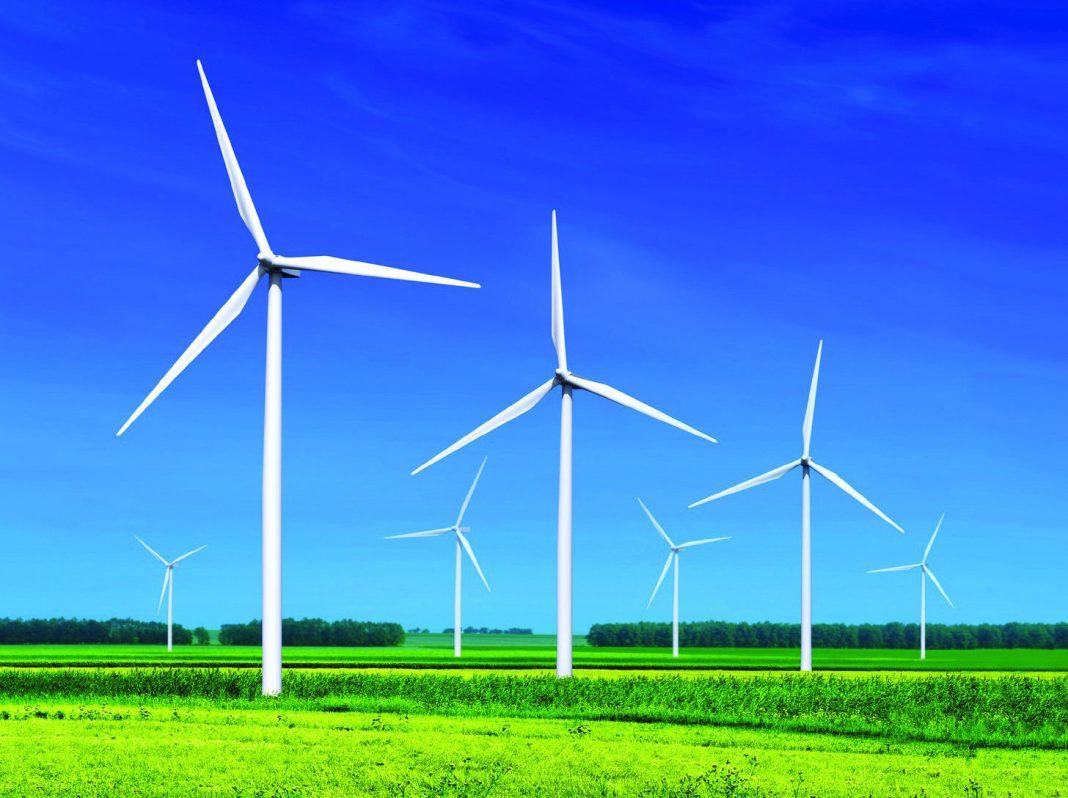With the increasing concerns over climate change and the need for more sustainable energy sources, water turbines have become an important technology to harness the power of moving water for generating renewable electricity. In this article, we will explore what water turbines are, the different types of water turbines available and their applications, as well as discuss the advantages of this green energy technology.
Types of Water Turbines
There are two main types of water turbines used today for energy generation - impulse and reaction turbines.
Impulse Turbines
Impulse turbines make use of the velocity of water to turn the runner blades. In impulse turbines, a jet of water is directed onto runner blades that are free to rotate on an axis. Pelton wheel turbines, used in high head applications, are an example of impulse turbine. They are very efficient and work well where significant water pressure heads are available.
Reaction Turbines
Reaction turbines work by using the pressure of water against the runner blades to cause them to rotate. The water pressure remains fairly constant throughout the passage from inlet to outlet in reaction turbines. Francis and Kaplan turbines are two common types of reaction turbines used extensively in hydroelectric projects. They are suitable for lower head applications compared to impulse turbines.
Applications of Water Turbines
Water turbines find wide usage in hydropower projects to generate renewable electricity. Based on the water flow available, specific turbine types are selected:
Run-of-River Hydropower
Run-of-river projects make use of the natural flow of rivers without any major reservoirs. Typically reaction turbines like Francis or Kaplan turbines are used which can handle variations in flow. Several small-scale hydropower plants use this setup.
Storage Hydropower
Larger storage hydropower plants involve dams constructed across rivers to store water in reservoirs. This allows controlling water flow through turbines. Impulse turbines like Pelton wheels are favored due to their high efficiency in high head applications suited for mountainous regions. Francis turbines also see widespread use.
Tidal and Ocean Energy
Tidal barrages and tidal stream generators deployed in oceans or seas can harness the energy of tidal flows and ocean currents using similar turbine setups as in hydropower plants. Both impulse and reaction water turbines are used in these projects depending on tidal ranges and water flow speeds.
Advantages of Using Water Turbines
Hydro turbines provide several ecological and financial benefits when compared to traditional energy sources:
Renewable resource: Hydropower is completely renewable as it harnesses the kinetic energy of flowing water which gets replenished through the water cycle.
No greenhouse emissions: Unlike fossil fuels, there are zero carbon emissions from hydropower generation, making it very environmentally friendly.
Cost effectiveness: With no fuel costs, hydropower typically has lower operating costs once projects are commissioned. Life cycles of turbines are also very long lasting 50-100 years.
Grid reliability: As water flow and subsequently power generation can be regulated through reservoir management, hydro energy provides stable, on-demand power to the grid.
Multiple uses: Multi-purpose dams often built for hydroelectricity also support irrigation, water supply, and flood control in regions.
Technological Advancements
Modern Water Turbine technology has come a long way driven by the increasing focus on renewable energy sources globally. Advanced computational fluid dynamics (CFD) techniques combined with 3D printing and additive manufacturing are enabling more efficient turbine designs to be developed and tested.
Specifically tailored turbine components optimized for site conditions help maximize energy output. Condition monitoring systems deployed on turbines aid predictive maintenance and reduce downtimes. Use of composite materials further cuts down turbine weights for more economical hydro projects.
Several micro-hydropower turbine designs have been created suited for localized off-grid power applications. Foldable designs allow for easy transportation and installation at remote sites. Sustainable solutions combining run-of-river hydropower and solar PV systems are also gaining popularity.
With the climate crisis upon us, hydropower through efficient water turbines is integral to transition economies to renewable energy independence. Technology innovations will continue enhancing design and performance of turbines tailored for all scales of hydropower projects worldwide. As a predictable and versatile clean energy source, turbines maximizing available water energy resources remain vital for communities' energy security into the future.
Get more insights on this topic: https://www.newsanalyticspro.com/water-turbines-harnessing-the-power-of-flowing-water/
Explore more information on this topic, Please visit: https://coolbio.org/ventricular-assist-devices-providing-hope-for-heart-failure-patients/
